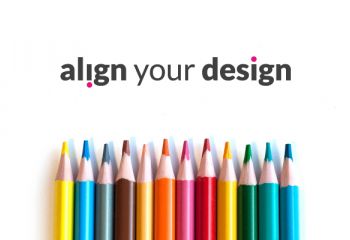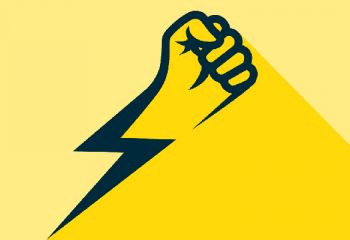
Viv Harries is the Founder of Vivi Creative. He works with businesses to give them the creative edge with unique designs and a solid brand identity.
recent posts
- What Is Branding? A Guide for Business Owners in 2025
- Thinking About Rebranding Your Business in Wales? Here’s What You Need to Know
- How to Build a Brand That Connects Emotionally with Your Audience
- How to Build a Website That Actually Converts Visitors into Customers
- The Ultimate Guide to Branding for Welsh Businesses in 2025
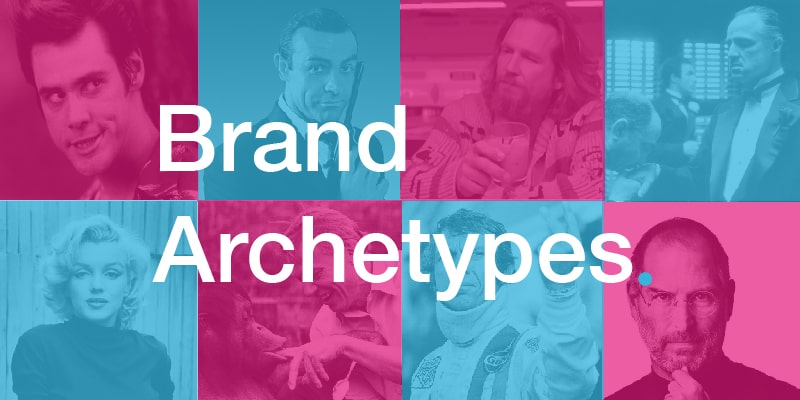
Building a Brand with Personality
Throughout history people have loved listening to stories, tall tales are passed down through generations from parents to children.
We had wandering minstrels telling tales around the fire and people preaching sermons from the bible. Today people visit the theatre or cinema to watch live action versions, but one thing hasn't changed. People love a good tale and telling stories is a huge part of being a human.
When you delve deeper into stories there are certain personalities that pop up regularly, whether it is the cop on the edge, the mysterious anti hero, the strong femme fatale or the wise old wizard. Humans understand and connect with different personalities in stories and identify with them on a certain level.
Our job as brand designers is to create the same type of connection with the public and your brand by creating a definite personality for your company.
This idea of different human personalities originates from Greek Mythology with Plato. But in the early 19th Century a Swiss psychologist called Carl Jung created this framework of personalities that modern society consists of. There are 12 Archetypes: The Innocent, Everyman, Hero, Outlaw, Explorer, Creator, Ruler, Magician, Lover, Caregiver, Jester, and Sage.
These exist in our subconscious and can be utilised when branding a business to enhance your message and to connect with customers and target audiences on a deeper level.
What we often fail to realise is connections are just relationships. If you aren’t clear about who you are, no one is going to be interested in you. It’s critical you understand your brand, and how you should start a relationship with your customers.
What is a brand archetype?
A brand archetype is a way of presenting a brand similarly to a fictional character – its values, behaviours, messages – as a persona, thus making it more recognisable and relatable to target audiences.
It is the inherent brand personality that people will assess first, and see whether they can relate to it and if they find it attractive.
Brand archetypes give brands a character that makes them accessible and relatable to audiences who share those same values.
Brand personalities are so important when creating and developing meaning behind a brand. To start the process you need to firstly identify your brand's archetype or personality.
Understand your audience and then create an archetype that talks to that audience.
The 12 Brand Archetypes.
The Innocent.
The Innocent brand is one of simplicity bordering on naivety. They look at the world as if through the innocent eyes of a child, with happiness, fun and amazement at every turn. They want to evoke that good feeling and send purity and joy through their brand.
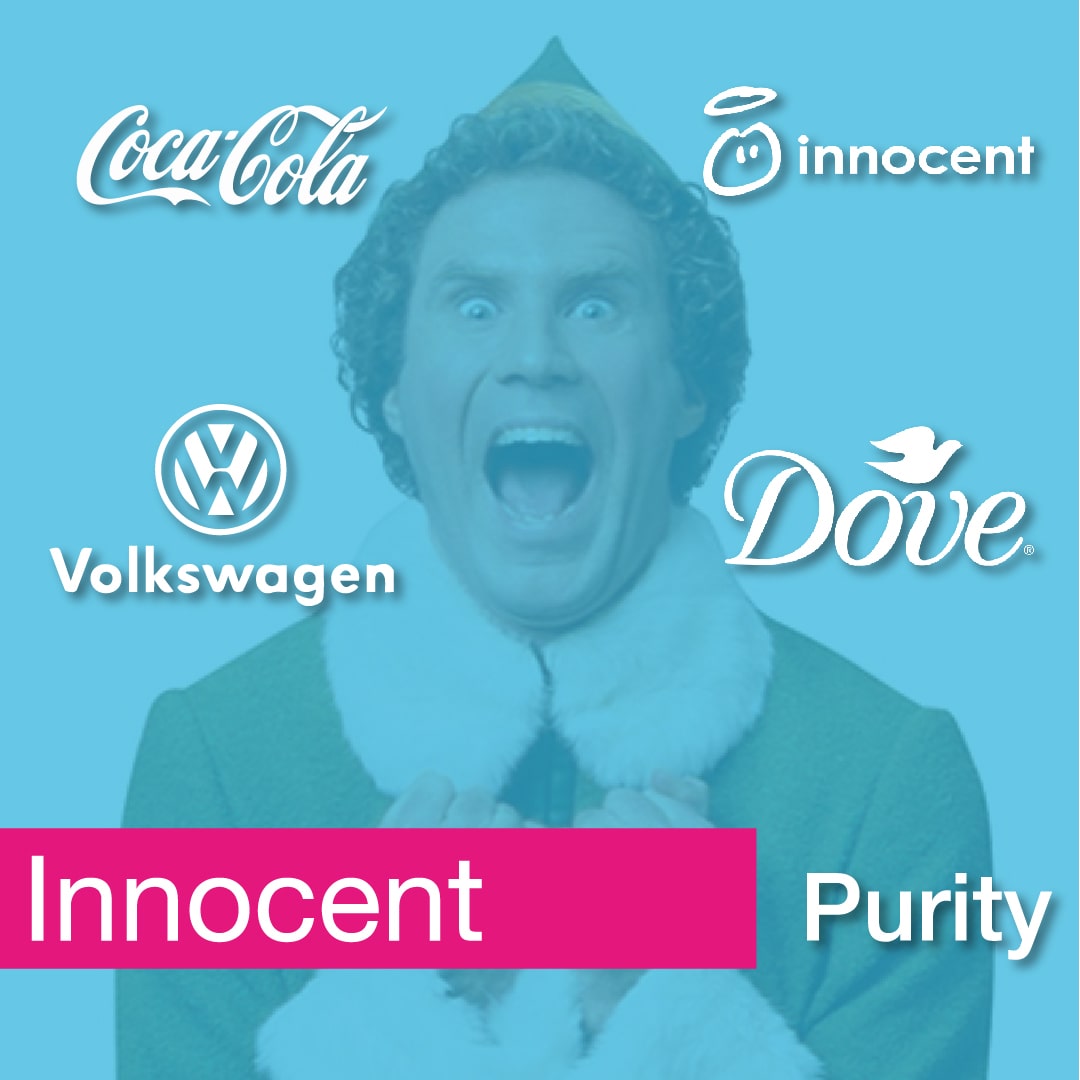
Coca Cola, Innocent Drinks, McDonalds, Volkswagen and Dove
The Everyman.
The everyman is your salt of the earth normal type, wholesome and non pretentious. They work hard, are reliable, trustworthy and authentic. They want to appeal to the mass market and sit below the luxury brands.
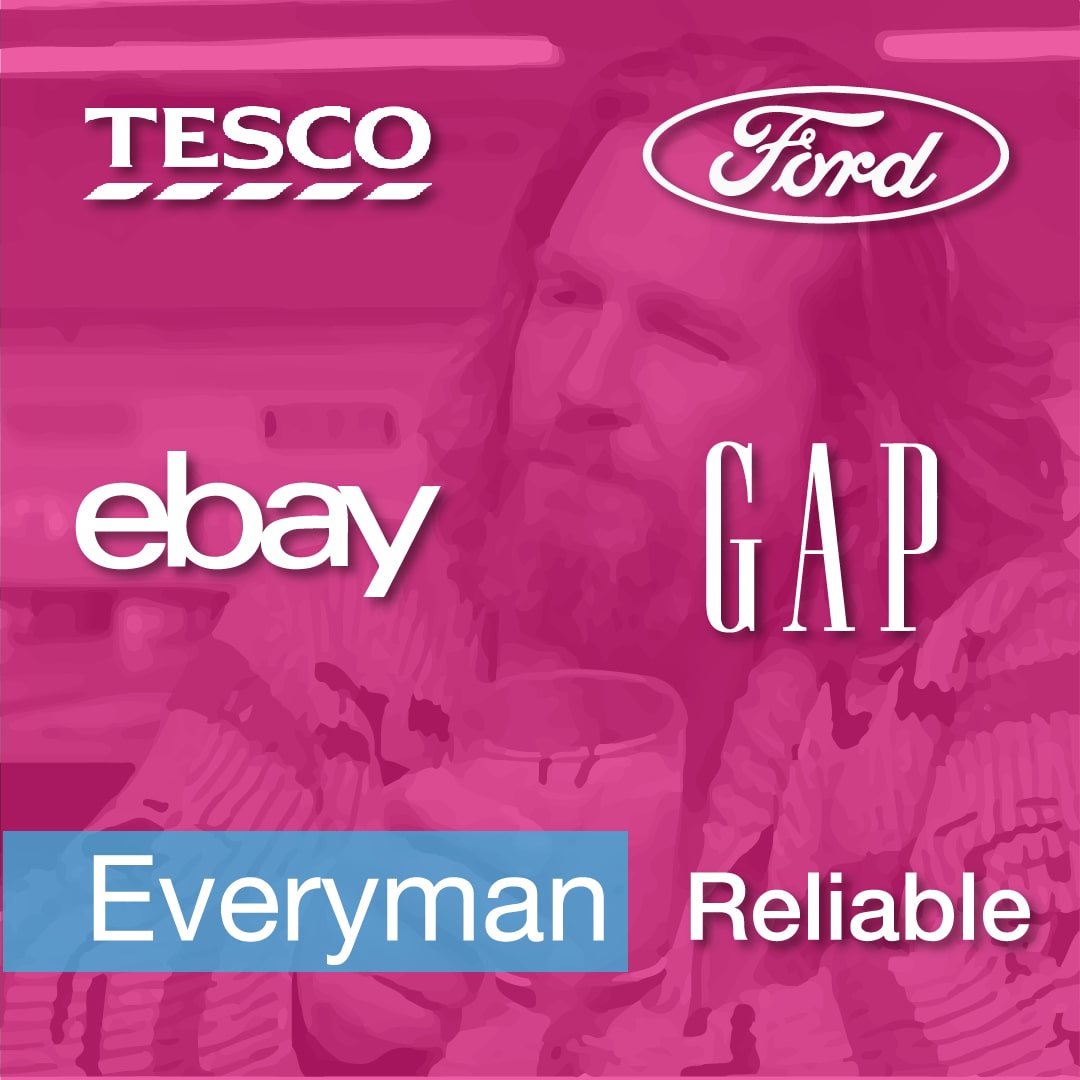
Ford, Tesco, Ikea, ebay and GAP
The Hero
May as well be wearing a cape. They protect and inspire through self belief and transformation, always rising to a challenge. They have a moral compass and see their work as empowering and important. They take great pride in the positive effect they have on the world, helping people reach their full potential. They inspire courage and achievement by overcoming adversity.
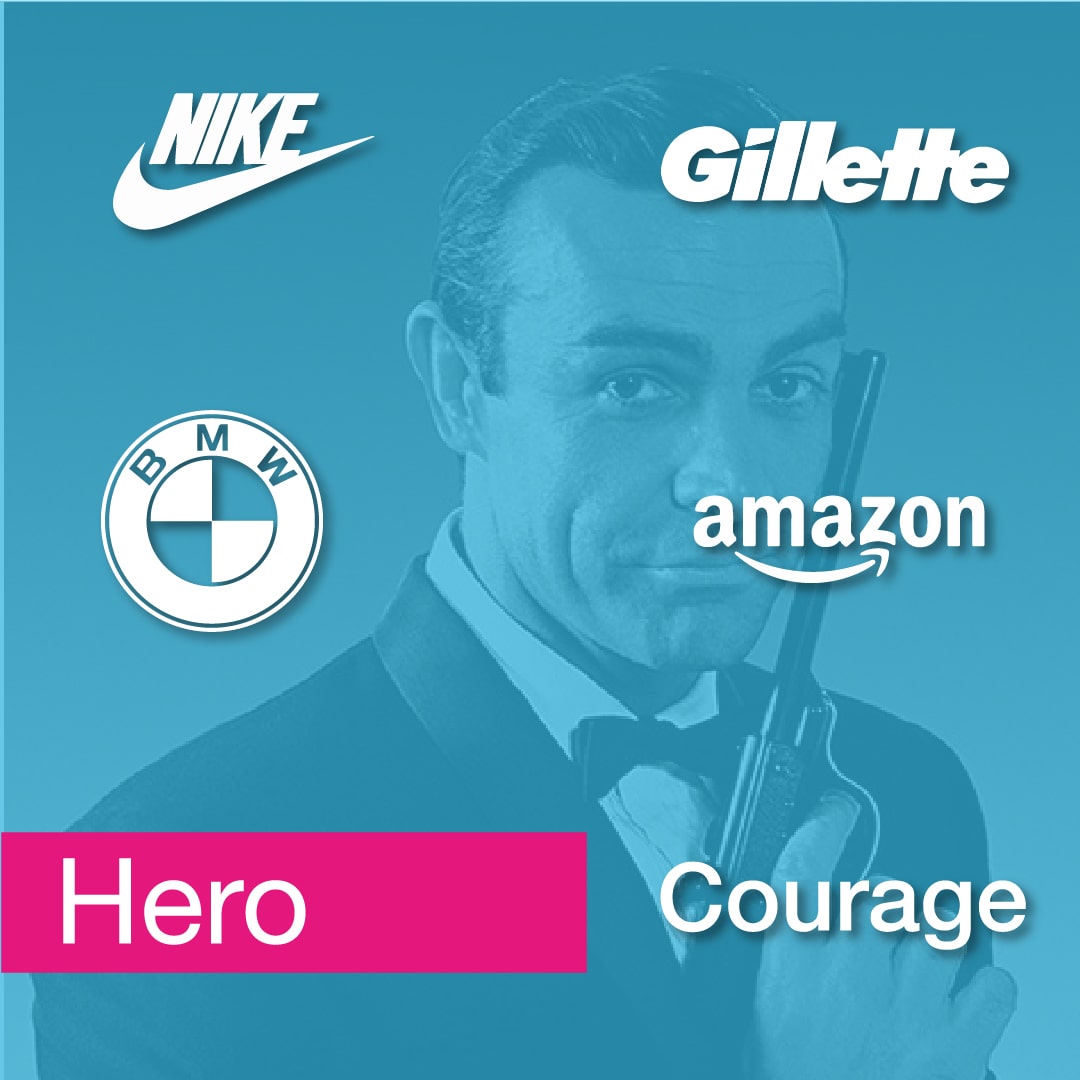
Nike, SAS, Gillette, BMW and Amazon
The Outlaw
The rebel outlaw loves to rip up the rule book, they want to create something newer, better and cheaper. They inspire strong brand loyalty as they resonate with their customers sex appeal, lifestyles and philosophies. They want to undermine the normal so people question it and search for a better alternative, turning to them in the process.
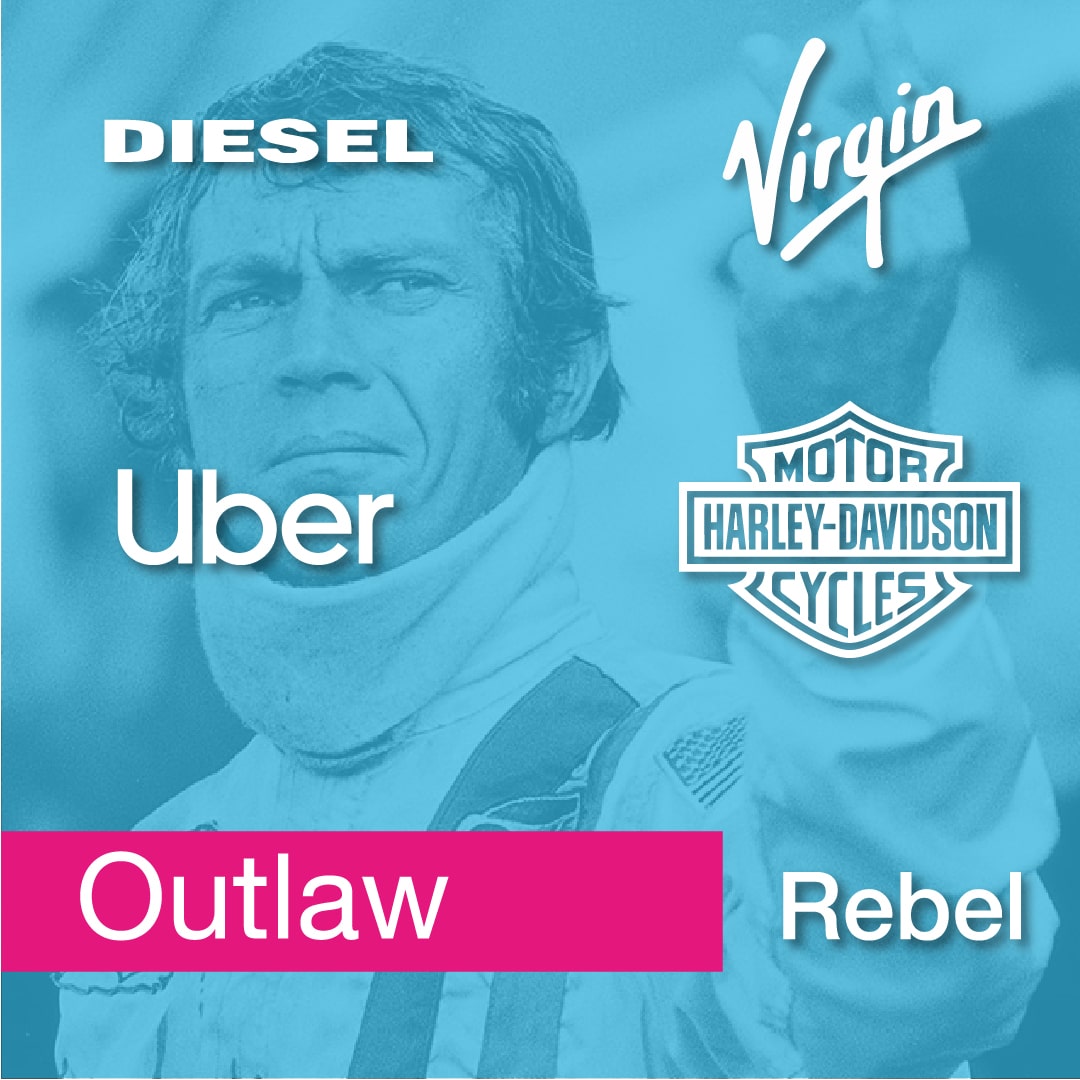
Virgin, Harley Davidson, Diesel and Uber
The Explorer
Explorers are independent thinkers who forge their own path in life and want to change the world as they go along. They have a clear, strong vision that inspires others to join them.
They seek freedom and enjoyment through discovery, bending rules and conformism. They have a trailblazing philosophy for their industry and inspire change.
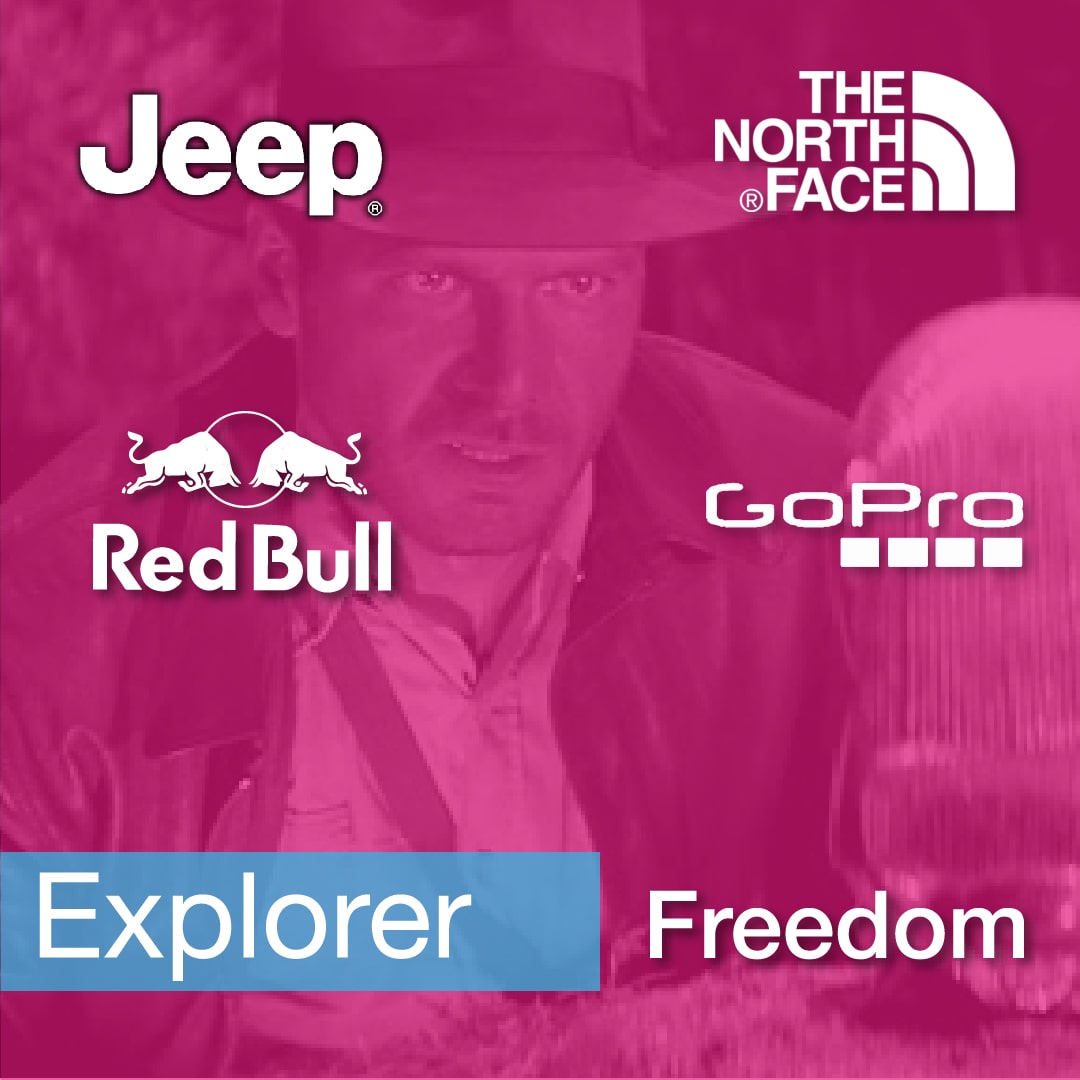
The North Face, GoPro, Red bull and Jeep
The Sage
The Sage are givers of truth and knowledge and aim to make the world a better place in the process of sharing their findings. They are intelligent, trustworthy and show social awareness in the information they deliver.
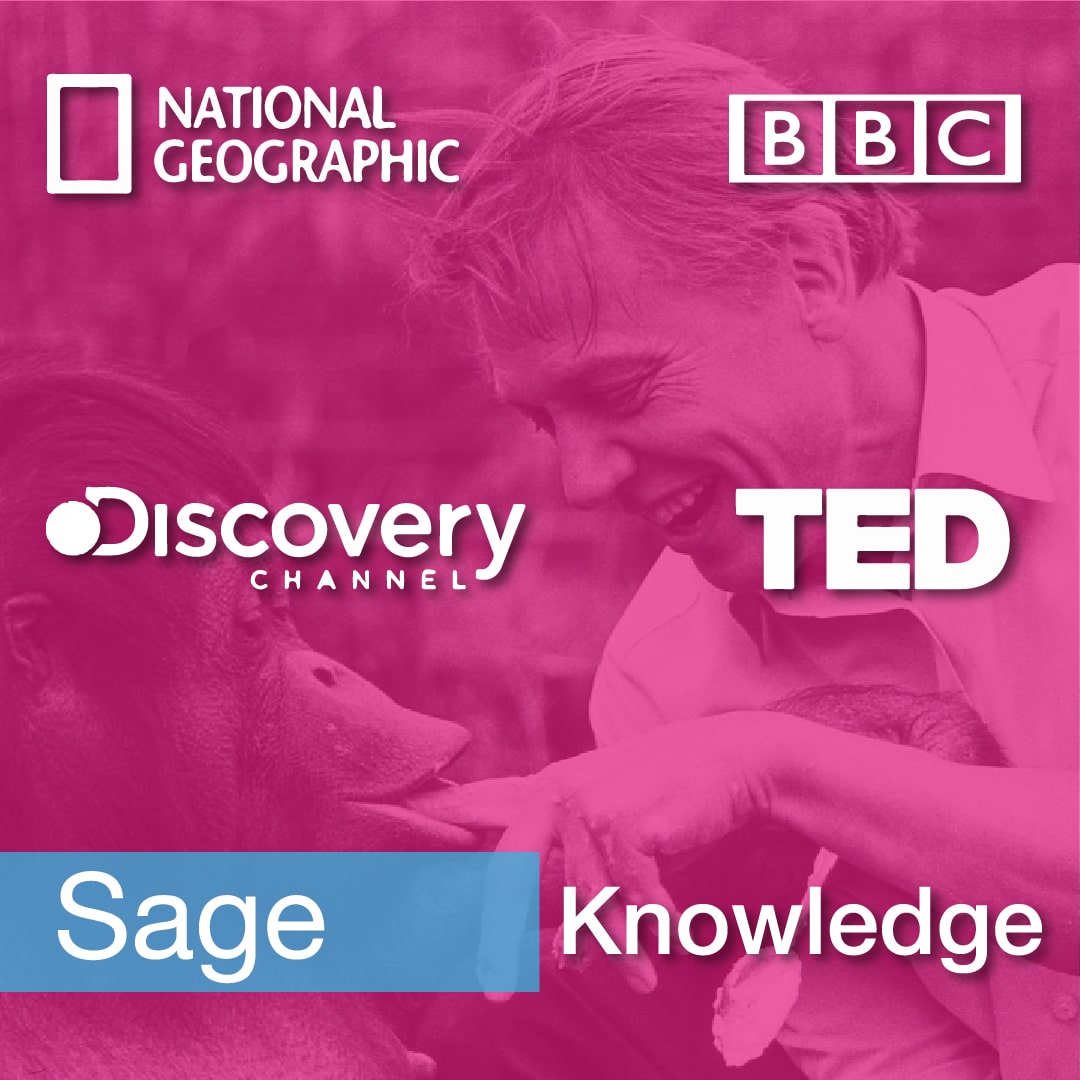
BBC, Discovery Channel, TED and National Geographic.
The Creator
The Creator has a vision for the world and produces products that will turn that vision into reality. They use innovation and technology to enable creativity in others. They have an authentic brand story that fuses technology and art.
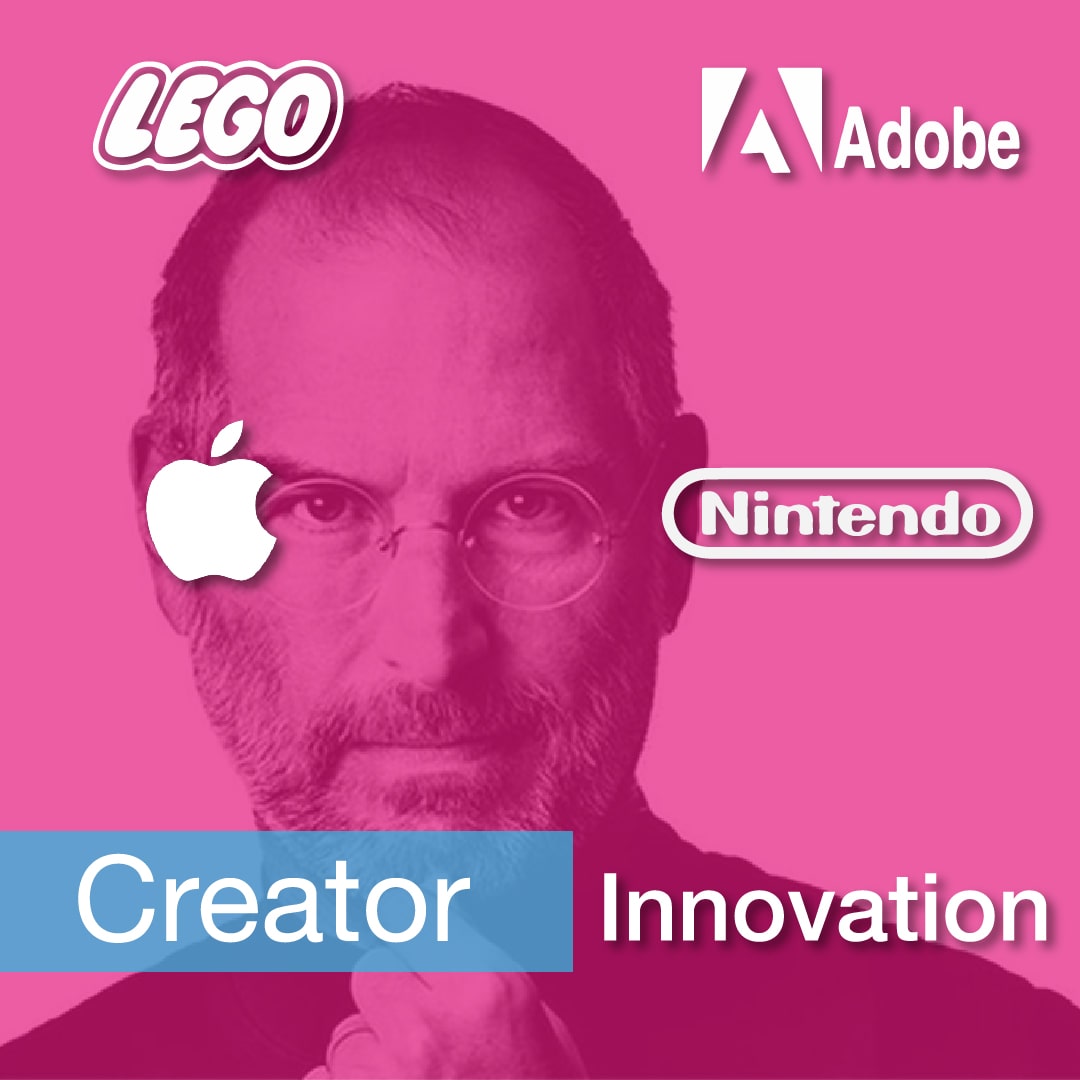
Apple, Adobe, Lego and Nintendo.
The Ruler
The Ruler likes to take control by making rules to follow. Their confidence creates stability and trust. They believe in playing the game properly by creating high quality products that lead the way.
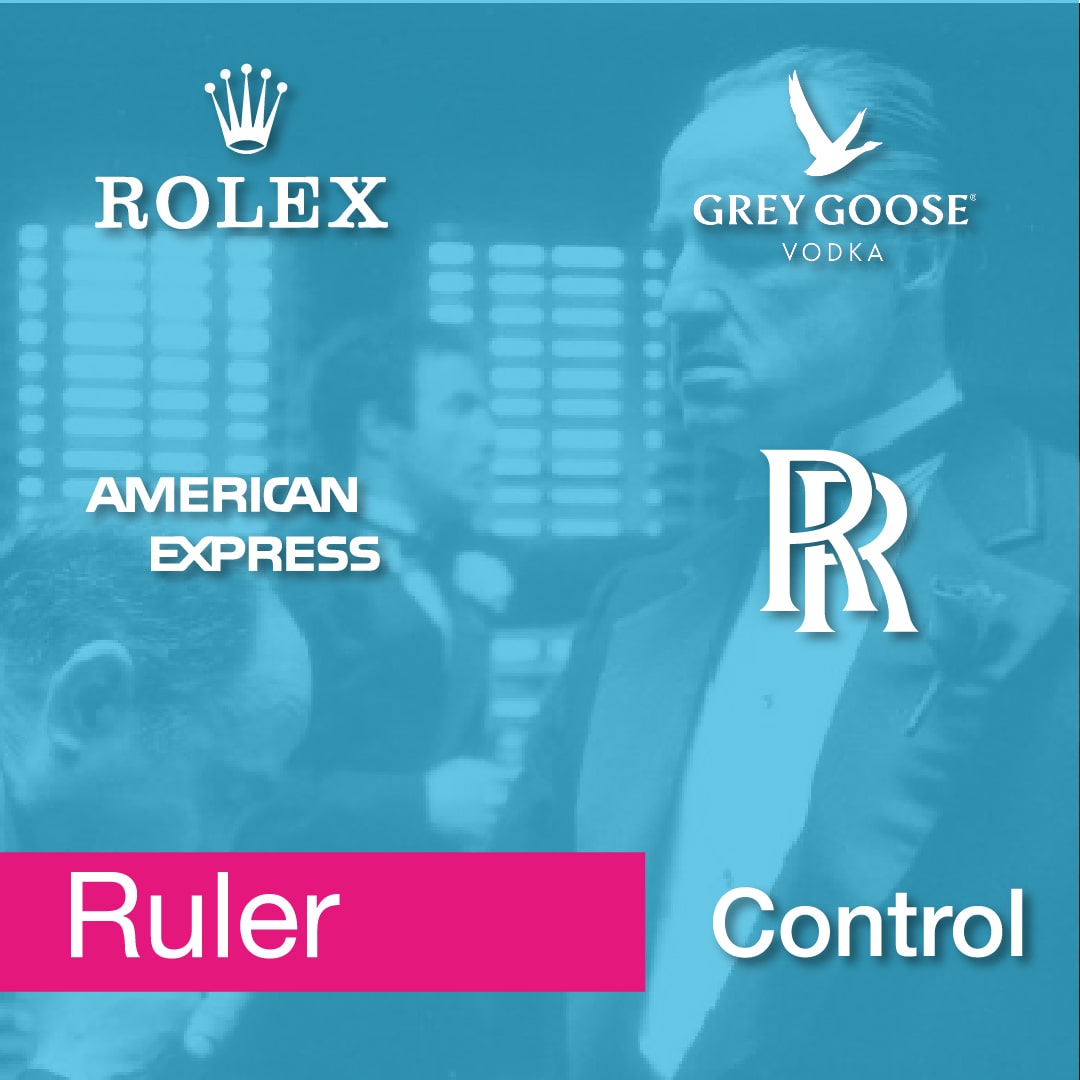
Rolex, Rolls Royce, Grey Goose and American Express.
The Magician
The Magician turns dreams into reality by turning problems into solutions. They add value to customers by being problem solvers and wish fulfilling.
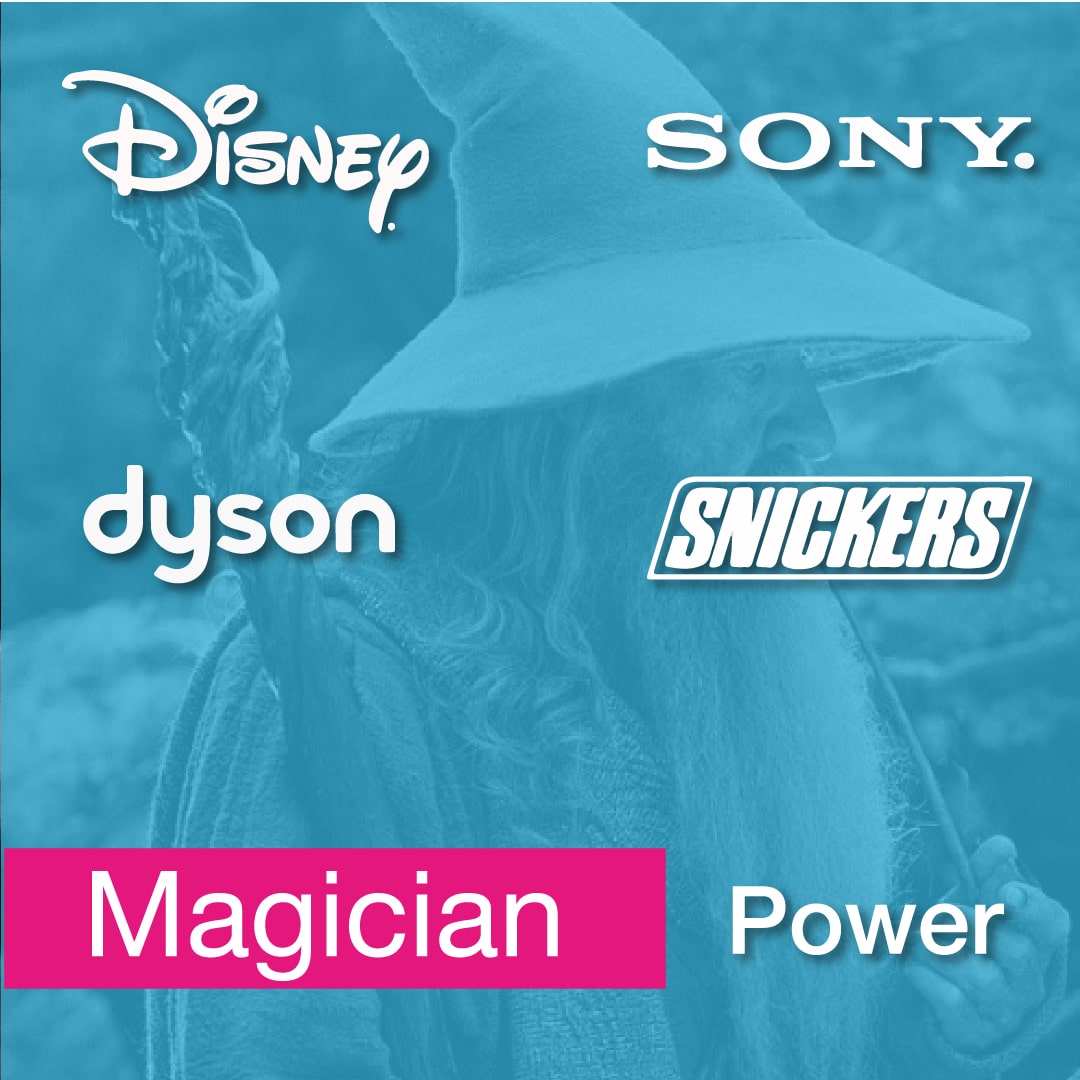
Disney, Dyson, Sony and Snickers.
The Lover
The Lover would never say romance is dead! They inspire relationships through seductiveness and sensuality. They strive to improve connections with people emotionally and make life more special.
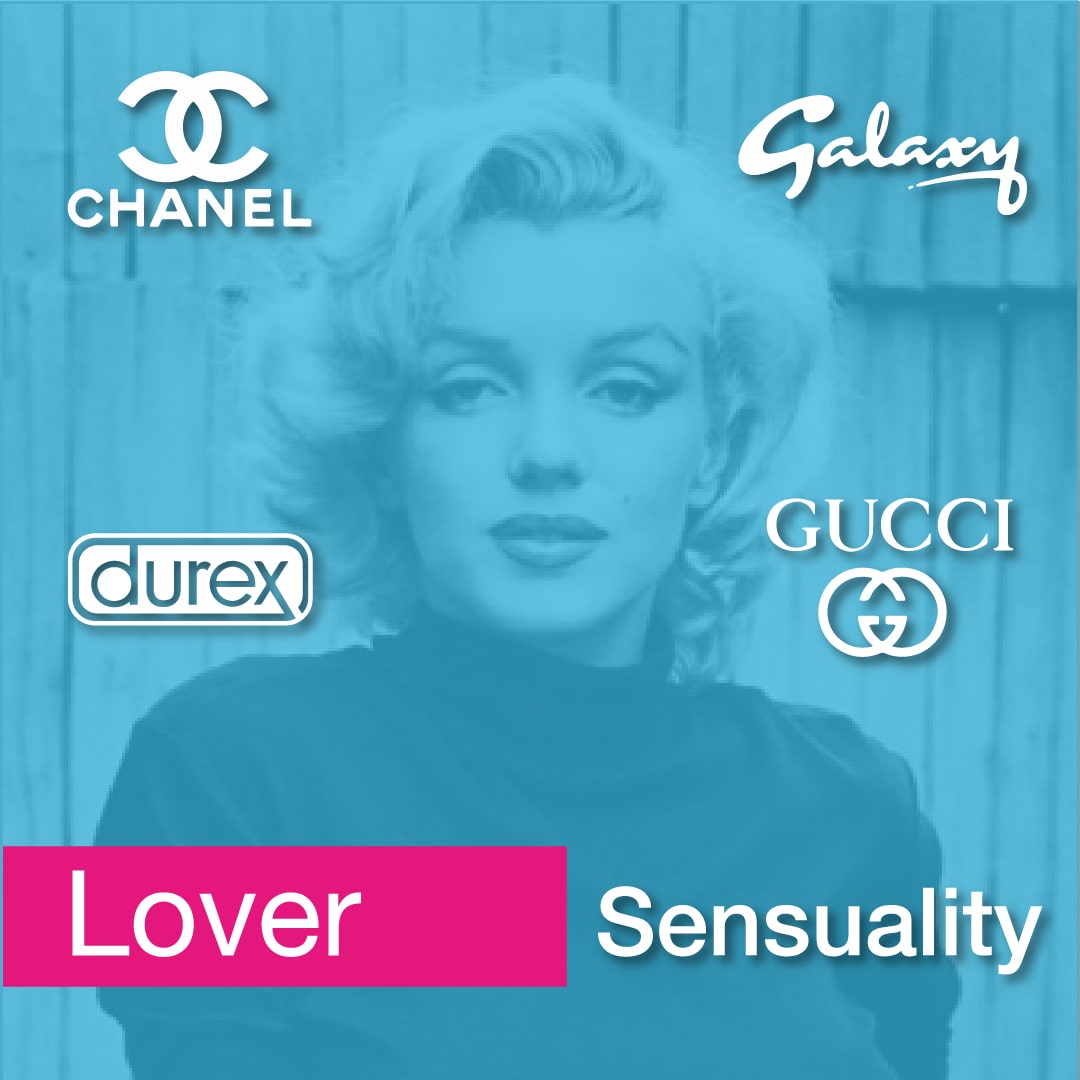
Durex, Dior, Gucci and Galaxy.
The Caregiver
The Caregiver wants to make people feel secure and nurtured. They are defenders of the less fortunate. They make people feel safe by fostering trust and compassion. They market their products in a sort of medicinal, nurturing way.
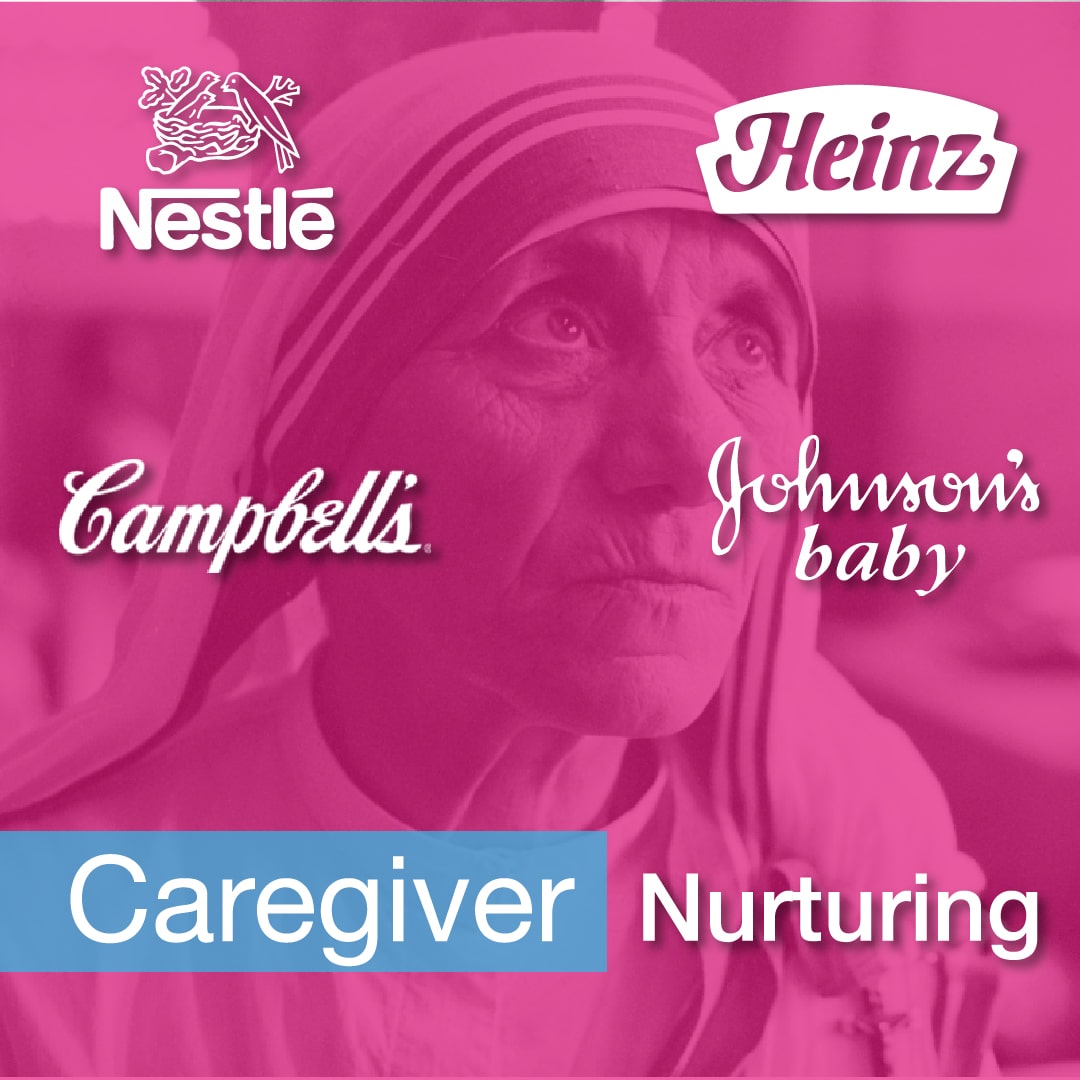
Nestle, Heinz, Campbells and Johnsons Baby.
The Jester
The Jester is always up for a laugh, the class clown who wants to have fun and connect to our inner child. They do not want to abide by rules and they live in the moment. They are great innovators and think outside the box. Helping people see the lighter side of life.
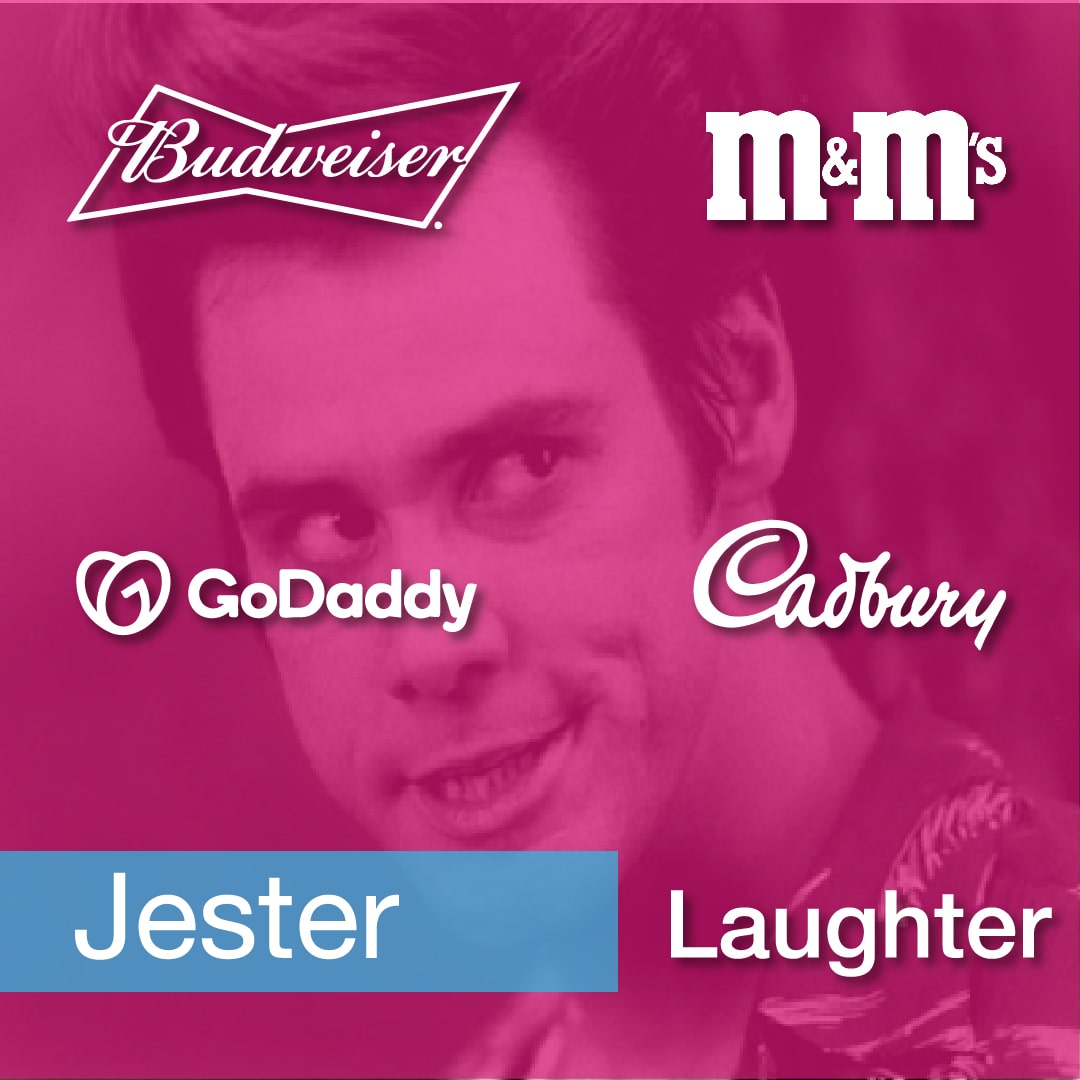
M&M’s, Budweiser, GoDaddy and Cadbury’s.
Where does your brand fit in?
You may be a small bit explorer and part jester, with the heart of a caregiver and an outlaw at the weekends. You can always evolve your brand personality in the future, but it is good to plan where you are at the moment and then map the future of your brand.
We’re constantly looking for that magical marketing plan that will connect us to our audience and make our product or service irreplaceable in the eyes of our customers.
You can look at campaigns and styles of current brands and see how they have evoked these personalities. When you are starting out creating a new brand strategy, you can use this to help position yourself in the market.
How are you going to connect with your audience?
You need to drill down into what makes your brand special and how your customers will best connect with your products. The most important thing you can do at the beginning of any strategy meeting is to understand what archetypes you should be using for your company.
Thanks for reading.
